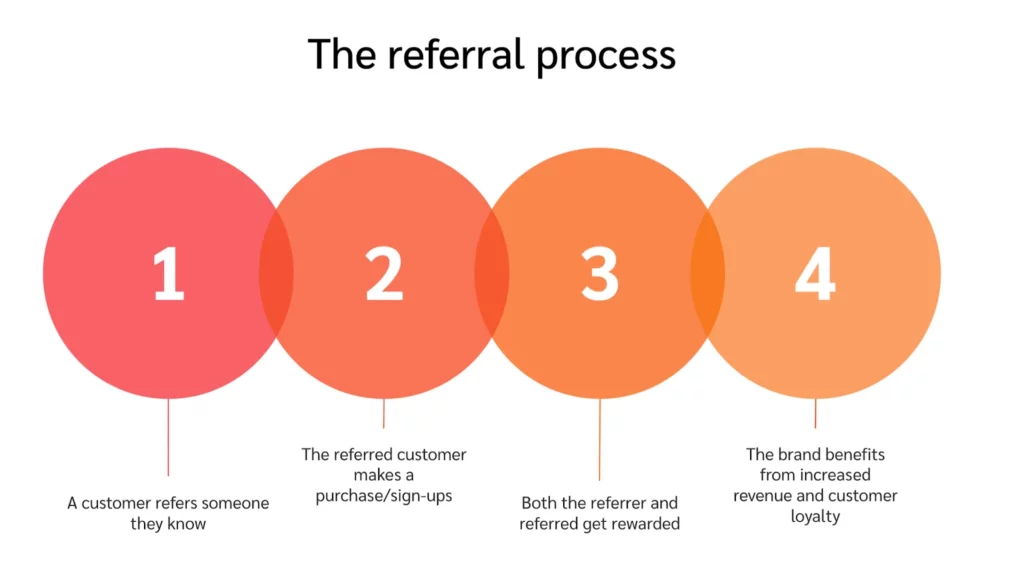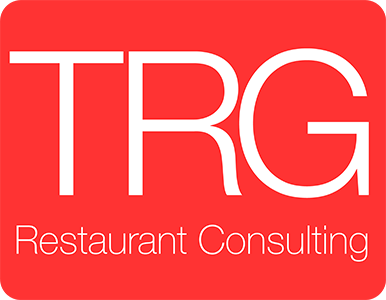Introduction to Restaurant Referral Programs
Launching a restaurant referral program is a fantastic way to boost your business. This simple and powerful approach turns satisfied customers into enthusiastic advocates for your restaurant. A restaurant referral program builds strong restaurant customer loyalty, creates excitement around your brand, and significantly increases your restaurant revenue growth. With thoughtful implementation, it’s easy to turn occasional diners into devoted regulars.
What is a Restaurant Referral Program?
A restaurant referral program is a straightforward marketing strategy designed to reward current guests when they recommend your restaurant to their friends or family. When the referred guest visits your restaurant, both the referrer and the new guest typically receive diner incentives or loyalty rewards. These incentives could be discounts, special offers, or unique experiences, making it a win-win for everyone involved.
Why Referral Programs Matter for Restaurants
Referral programs thrive on word-of-mouth marketing, one of the most trustworthy forms of advertising. Customers value recommendations from friends more than traditional ads. This trust makes referral incentives exceptionally valuable for attracting new diners and enhancing guest retention. Additionally, referral programs are cost-effective, as they leverage existing relationships rather than requiring large investments in external advertising.
Step 1 – Define Clear Goals

Set Measurable Objectives
To ensure your referral program succeeds, first clearly define what success looks like. Setting measurable objectives allows you to easily track progress. These objectives can include increasing guest retention by a specific percentage, boosting the number of new guests visiting your restaurant each month, or improving restaurant customer outreach within a certain time frame.
Identify Key Performance Indicators (KPIs)
Key Performance Indicators are crucial to understanding the effectiveness of your program. KPIs might include referral program ROI, the number of new guests generated, conversion rates from referrals, and the frequency of repeat visits. Tracking these metrics regularly ensures you stay on target and quickly identify areas needing improvement.
Step 2 – Understand Your Audience
Analyze Customer Preferences
Understanding your guests’ preferences helps you craft compelling referral program incentives. By utilizing customer data analytics from your CRM integration, you can identify specific dining preferences and habits. Analyzing this data ensures your incentives resonate deeply with your customers, making them more effective.
Segment Your Customer Base
Segment your guest base into distinct groups based on their behaviors and preferences. By using guest segmentation, you can deliver personalized offers tailored specifically to each group. This targeted approach significantly enhances your customer engagement strategies, improving guest satisfaction and boosting the overall success of your referral program.
Step 3 – Choose the Right Incentives
Monetary vs. Experiential Rewards
Choosing between monetary incentives (like discounts or free meals) and experiential rewards (such as exclusive dining experiences) is crucial. Monetary incentives appeal to most diners because of their immediate value. On the other hand, experiential rewards often drive greater long-term guest loyalty by creating memorable, personalized experiences and boosting customer advocacy programs.
Align Rewards with Customer Interests
Always align rewards with what your guests truly value. Personalized offers and VIP guest programs foster deeper guest loyalty incentives. Tailoring incentives to guest interests enhances customer satisfaction and encourages stronger engagement, turning casual visitors into passionate advocates for your restaurant.
Step 4 – Leverage Technology
Utilize Referral Program Software
Technology streamlines the management of your referral tracking. Automated referral systems effortlessly handle digital referral links, simplifying the sharing and redemption process. Using referral program software helps you efficiently manage incentives and rewards, reducing manual work and potential errors.
Integrate with Existing Systems
Integrate your referral program software with existing restaurant systems such as online reservation systems and table management solutions. Seamless integration ensures smooth customer referral tracking, improves accuracy, and offers a hassle-free experience for your staff and guests alike.
Step 5 – Promote Your Program
Use Multiple Marketing Channels
Promotion is key. Spread the word about your referral program through multiple channels, including email marketing campaigns, active social media engagement, and mobile-friendly referral programs. Multi-channel marketing significantly expands your reach, ensuring more potential guests learn about and participate in your referral program.
Encourage Word-of-Mouth Sharing
Make it easy and rewarding for guests to share your restaurant. Offer clear social sharing incentives, simple instructions, and accessible referral tools. The easier and more rewarding the process, the more likely your customers will enthusiastically spread the word.
Step 6 – Monitor and Optimize

Track Referral Metrics
Regularly track referral program analytics. Essential metrics include total referrals, successful conversions, guest loyalty tracking, and customer satisfaction metrics. These insights help gauge your program’s effectiveness, revealing what’s working and what needs adjusting.
Adjust Strategies Based on Data
Consistently review your referral program’s effectiveness. Use guest feedback collection and referral program analytics to adjust your strategies and incentives. Data-driven adjustments ensure your referral program remains appealing, relevant, and successful over time.
Step 7 – Recognize and Appreciate Referrers

Highlight Top Referrers
Publicly recognize your most active referrers. Spotlight their contributions through newsletters, social media shout-outs, or on-site recognition. This public appreciation motivates further referrals and strengthens community connections.
Offer Exclusive Benefits
Reward your top referrers with exclusive dining experiences or unique perks. Special recognition and rewards reinforce loyalty and drive continued engagement. Offering exclusive benefits shows sincere appreciation and encourages ongoing advocacy for your restaurant.
Conclusion
Recap of the 7 Steps
Successfully launching your restaurant referral program involves defining clear goals, understanding your audience, choosing appealing incentives, leveraging technology, active promotion, diligent monitoring, and genuinely appreciating your referrers.
Encouragement to Implement a Referral Program
Implementing a restaurant referral program is a proven, easy-to-follow approach for boosting customer acquisition, enhancing guest experiences, and achieving consistent revenue growth. Start today and see firsthand the powerful impact of a thoughtfully designed referral program.









